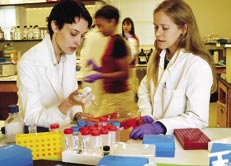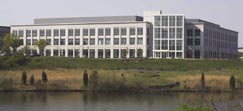
Anniversary Album
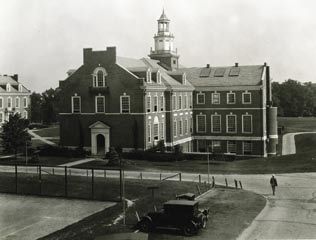
FROM ENGINEERING’S NINE DECADES OF INNOVATION —a quarter-century of them at the Whiting School— we sample some of the defining moments, dedicated individuals, and influential ideas that shaped its history at Hopkins.
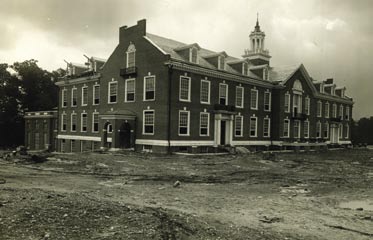
(Left) The Mechanical and Electrical Engineering Building, shown during construction in 1915, would be named Maryland Hall in 1931 in appreciation of the state’s contribution to establishing Engineering at Hopkins. (Insert cover) The second Engineering building, this one for Civil Engineering (1920s photo), opened in 1916. It, too, gained a name in 1931: Latrobe Hall honors Benjamin Henry Latrobe Jr., the prominent Maryland civil engineer.
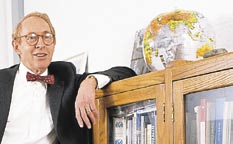
“Talks like a river that’s burst from its dam,” was one phrase The Hullabaloo in 1913 used in summing up Abel Wolman (along with this caricature). That year, he earned his pre-med degree; two years later, he became one of the first three Hopkins Engineering graduates. Abel Wolman ’13 A&S, ’15 during his life changed the global face of sanitary engineering with his research on bringing clean, potable water to millions. He joined the Hopkins faculty in 1920, and from 1937 to 1962 taught in the schools of Engineering and Public Health. After his retirement, he worked full-time to improve environmental well-being around the world. He died in 1989 at the age of 96.
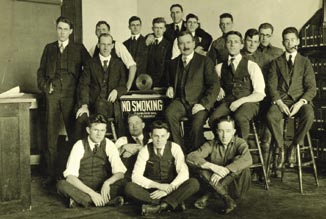
Through his studies of watersheds and river processes, M. Gordon “Reds” Wolman ’49 “helped structure international discussions on landscape evolution and sustainable development,” noted the National Council for Science and the Environment in awarding him a Lifetime Achievement Award in 2004. A faculty member since 1958, “Reds” Wolman was honored for his “extraordinary devotion to Johns Hopkins” with the 2005 Milton S. Eisenhower Medal for Distinguished Service. The acclaimed hydrologist and son of Abel Wolman ’13 A&S, ’15 is chairman emeritus of the Whiting School’s Department of Geography and Environmental Engineering and heads a division in the Bloomberg School of Public Health.
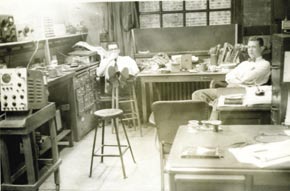
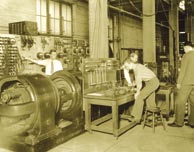
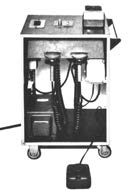
William.B.Kouwenhoven, who became dean of Engineering in 1938, in the 1920s began the research that would earn him acclaim as the “father of cardiopulminary resuscitation” (CPR). His 1957 prototype of the Hopkins A-C Closed Chest Defibrillator sent a lifesaving shock through a patient’s heart.
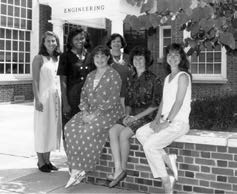
In 1995, these Engineering alumnae, who were among the first women undergraduates admitted to Johns Hopkins, came back to reminise about their years as students and graduates.
